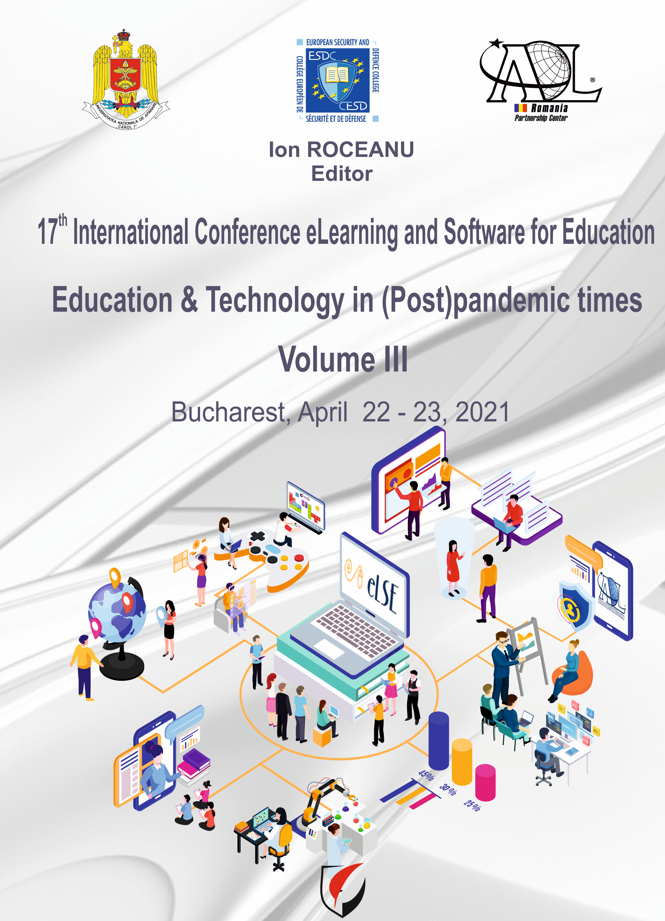ANALYSIS AND FORECASTING OF BURULI ULCER DISEASE WITH ARIMA AND NARNN, A DIDACTIC TOOL APPROACH
ANALYSIS AND FORECASTING OF BURULI ULCER DISEASE WITH ARIMA AND NARNN, A DIDACTIC TOOL APPROACH
Author(s): Mariana Rotariu, Catalin Ionite, Iustina Condurache, Marius TurneaSubject(s): Methodology and research technology, Health and medicine and law, ICT Information and Communications Technologies
Published by: Carol I National Defence University Publishing House
Keywords: buruli ulcer disease; ODEs; saturation treatment function; ARIMA; neural networks;
Summary/Abstract: Mycobacterium ulcers (MU) is pathogenic bacterium transmitted in aquatic environments that produces dermal ulcers, commonly known as "buruli ulcers" via complex networks of ecological interactions that can be modelled by compartments. The prevalence of aquatic insects and arsenic concentration are factors that determine the geographical spread of MU infection. Three approaches are taken into account: one based on a compartment model that led to a system of differential equation usually solved by numerical methods, an autoregressive integrated moving average model (ARIMA) and the third one based on neural networks, Autoregression Neural Network (NARNN). Other model as Long-Short Term Memory (LSTM) approach is taken also into account. A GUI (Graphic User Interface) is proposed to facilitate the access to students to models in a friendly manner. The mechanism of transmission and the compartments are not fully elucidated, so models that take into account the regression of the curve of incidence can be a useful tool to predict the epidemic evolution of buruli ulcer (BU). The dynamics of models can be controlled by saturated treatment function or other measures that limit the proliferation of vector of transmission like bugs. The experiments take into account real data published on official site and the most common measure of goodness of fit are included in tool: R2 and MSE (Mean Squared Error). Other error measures are enumerated but the relevance for proposed tool is relative reduced. The last two type of models proved to be enough accurate when the data are enough long as time series approach. Further developments of the tool are envisaged and other measures of fitness are taken into account along with optimization of parameters to fit the model based on ODEs.
Journal: Conference proceedings of »eLearning and Software for Education« (eLSE)
- Issue Year: 17/2021
- Issue No: 03
- Page Range: 296-302
- Page Count: 7
- Language: English

